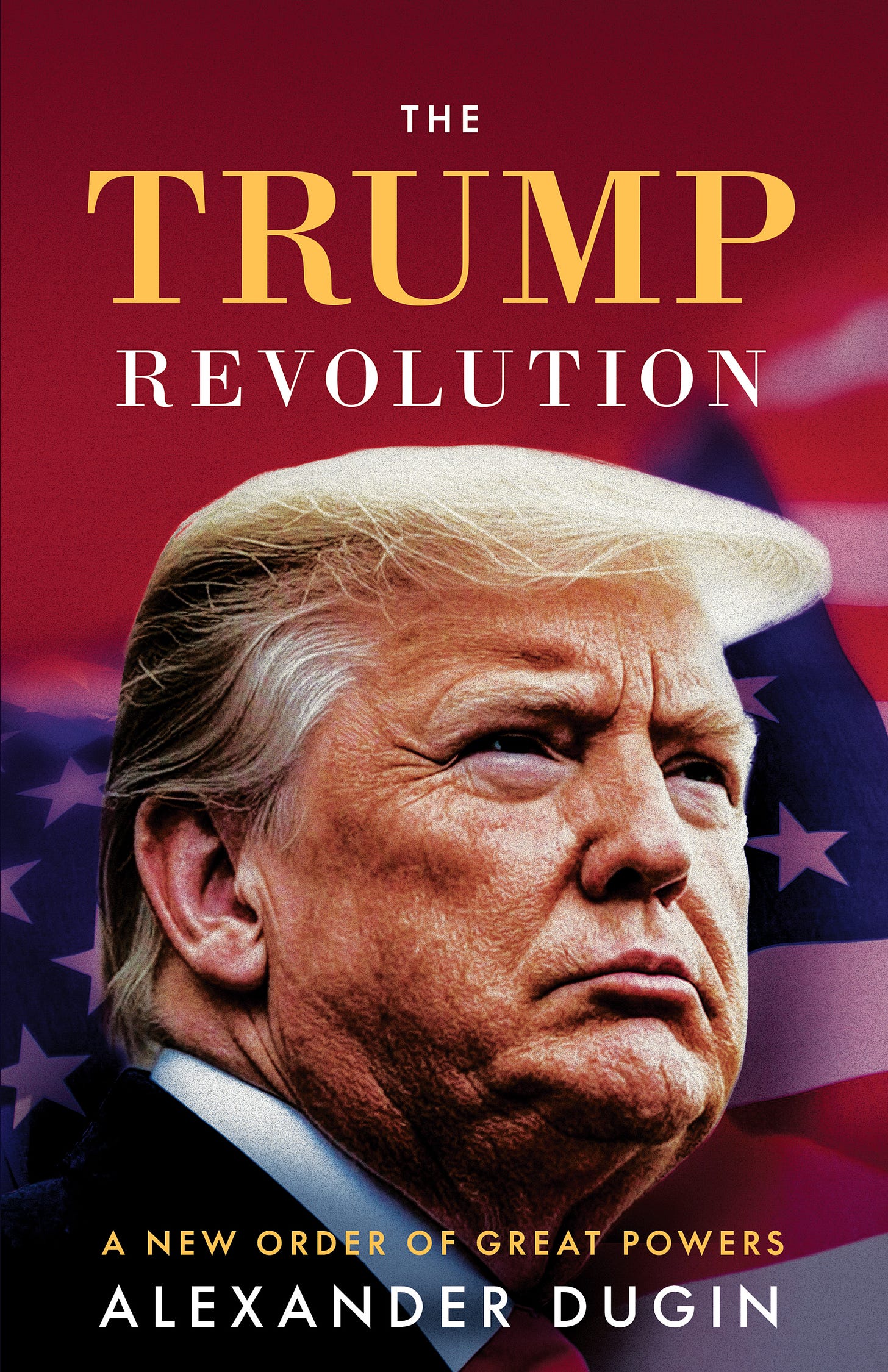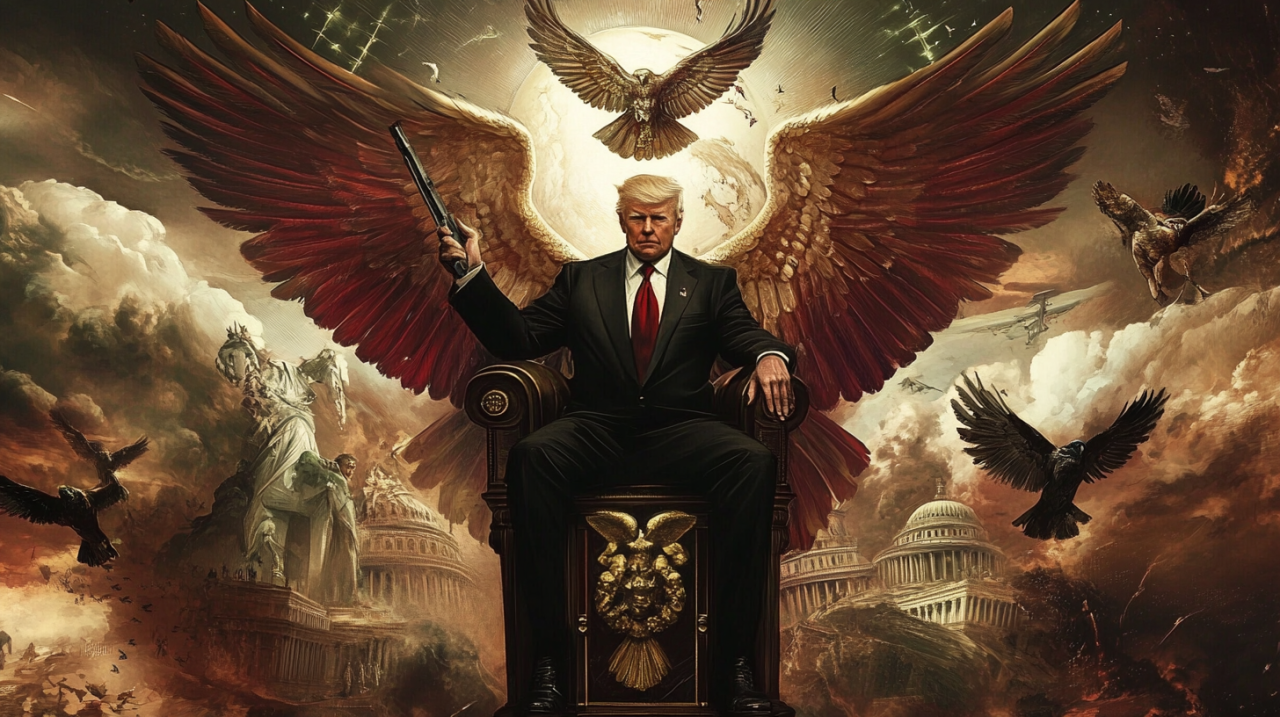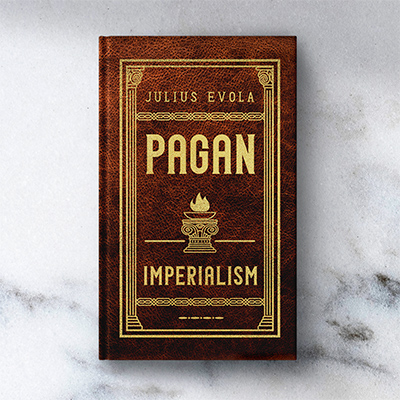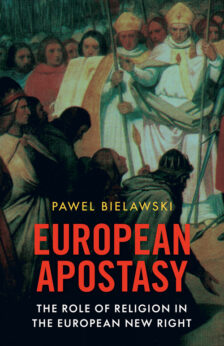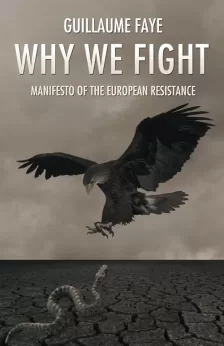Today, the geography of the new world order that Trump and his supporters are determined to build is becoming increasingly clear. This time, Trump 2.0 is firmly resolved to break away from both left-liberal globalism and the neocons (who are, in essence, just another form of globalists) and refuses to compromise with their projects. He is severing ties with the past and setting the U.S. aircraft carrier on a new course.
The model of international relations that Trump adheres to can be described as the “Order of Great Powers.” This is a logical extension of the entire MAGA ideology — “Make America Great Again.” The very name underscores that it is not about the West, not about spreading liberal democracy worldwide, and not about Atlanticism, but specifically about the United States as a nation-state. According to Trump’s vision, this state must completely free itself from globalism, along with the constraints, obligations, and imperatives associated with it. In Trump’s eyes, almost all existing international institutions reflect the old order, whereas he seeks to create a new one. This applies to everything — the UN, NATO, WTO, WHO, and all other supranational bodies. He sees all of them as the creations of liberals and globalists, whereas he himself firmly and consistently stands on the principles of realism.
Realists and liberals are the two main schools of thought in international relations, opposing each other in all aspects, especially in their fundamental understanding of sovereignty. Realists consider sovereignty to be absolute, while liberals see it as relative, striving to subordinate national administrations to a higher international authority. In their view, this should eventually lead to the unification of humanity and the creation of a World Government. Realists categorically reject this, seeing it as an assault on the freedom and independence of states. This is why Trumpists refer to globalists as the “Deep State” — the entity that seeks to subordinate U.S. policy to a supranational agenda.
A prototype of globalist policy can be found in Woodrow Wilson’s “Fourteen Points,” which, after World War One, outlined the role of the U.S. as a global power responsible for advancing liberal democracy on a planetary scale. Trump, on the other hand, in the spirit of the realist school, gravitates toward the earlier Monroe Doctrine — “America for Americans,” which implies an avoidance of active involvement in European politics and a refusal to interfere in the internal affairs of states beyond the American continent (and even then, only when events in the Americas directly affect U.S. national interests).
However, it should be noted that Trumpism differs in some respects from classical realism. For Trump, what matters is not merely the legal status of sovereignty but something more crucial — the ability of a state to conquer, establish, strengthen, and defend its independence in the face of the most serious potential rival. Thus, it is not about sovereignty in general but about real sovereignty, backed by a corresponding volume of resources — economic, military, demographic, territorial, natural, intellectual, technological, cultural, and so on.
The prominent American scholar of international relations, Stephen Krasner, also a proponent of realism, referred to purely legal nominal sovereignty as a “fiction” and even “hypocrisy.” John Mearsheimer, a classic realist, holds the same view. Donald Trump shares this perspective as well. In their opinion, true — real — sovereignty can only belong to a great power. Accordingly, realism is being upgraded to a level that does not merely involve ordinary states but full-fledged, self-sufficient civilizational states. This is the kind of world order that Trump envisions as the roadmap for his geopolitical revolution. On the one hand, it is a complete rejection of globalism; on the other, it is a move toward regional integration of “great spaces,” which is necessary for the self-sufficiency and autarky of a great power.
From this follows the logical course towards the annexation of Canada and Greenland, as well as the prioritization of relations with Latin America in a paradigm that would most benefit the United States.
It is interesting to note the ambiguity of the MAGA slogan. It is not entirely clear what “America” refers to. Only the U.S.? Or all of North America (including Canada and Greenland)? Or perhaps even all of the Americas, including South America? This ambiguity is not accidental. It opens the horizon of a “great space” without preemptively setting clear boundaries. Moreover, Trump’s call to make America great again can be interpreted as a call for its territorial expansion. In much the same way, the term “Russian World” is used, extending beyond the borders of the Russian Federation with undefined limits. The “Russian World” is synonymous with the Russian civilizational state, that is, Greater Russia.
Trump, in turn, thinks in terms of his own civilizational state — Greater America. At the same time, he is in no hurry, nor does he intend, to abandon hegemony — at least on a regional level. But he is changing the subject of this hegemony. It is no longer a liberal world order based on ever-changing rules and the usurpation of power by international cosmopolitan elites (in the spirit of George Soros’ global “Open Society” project), as envisioned by the Deep State, which Trump has dismantled. Rather, it is the leadership of the United States as a great power among other great powers which possess real — not nominal — sovereignty and capable of competing with the U.S. in one way or another.
How many great powers does Trump’s new order envision? Professor Mearsheimer acknowledges only three: the U.S., China, and, lagging slightly behind the first two, Russia. He remains skeptical about India, believing that it has not yet accumulated the necessary potential to compete seriously with the others. However, other perspectives exist — some argue that India can also be classified as a civilization state. Yet, concerning the U.S., China, and Russia, nearly all realists agree: these powerful nations — albeit powerful in different ways — possess the minimum necessary to claim great power status.
Thus, instead of the bipolar Cold War world, instead of the unipolar neoconservative world, or the non-polar world of liberal globalists, Trumpism envisions a three- or four-polar world, with a balance of power defining the architecture of the future world order. This will require the reestablishment of nearly all international institutions so that they reflect actual realities rather than being phantom remnants of past eras, no longer anchored in concrete reality.
Such a project may seem quite similar to multipolarity. Indeed, U.S. Secretary of State Marco Rubio recently acknowledged that we live in a multipolar world. China, Russia, and India would readily agree with this truth, as they already possess all the characteristics of poles. However, Trump takes a highly critical stance on the multipolar bloc of BRICS, which includes nearly all major civilizations and serves as an institutional and symbolic embodiment of multipolarity.
For Trump, China appears as the most serious competitor and even opponent. He likely views BRICS as a structure where China plays a key role as the most powerful state — financially, economically, technologically, and so on. Furthermore, unlike Trump’s concept of a great power order, BRICS includes not only fully established great powers but also emerging civilizational blocs such as the Islamic world, Africa, and Latin America. This transforms BRICS into a hexarchy, and together with Western civilization, into a heptarchy.
Trump, in the spirit of cold realism and American pragmatism, is skeptical of anything virtual or potential — that is, something merely possible but not yet realized. His stance is essentially: “First, become a great power, then we’ll talk.” Any alliance beyond U.S. influence — especially one in opposition to it — will be perceived as a threat.
Where does the European Union fit in this picture? Brussels, after the U.S. administration change, finds itself in a difficult position. After World War Two, Europe became a kind of province or even a military-political colony of America. But with Trump’s shift away from globalism, the EU must either dissolve or undergo radical transformation.
Some European nations — Hungary, Slovakia, Serbia (not an EU member), Croatia, and to some extent Italy and Poland — are inclined to follow Trump and adopt the MEGA slogan: “Make Europe Great Again.” Others are in confusion, struggling to maintain the previous globalist course without U.S. backing. The future of Europe now hinges on whether it will embrace real sovereignty and traditional values — or perish.
The old world’s ice is breaking. The thaw has begun.
(Translated from the Russian)
Order Alexander Dugin’s The Trump Revolution here.
